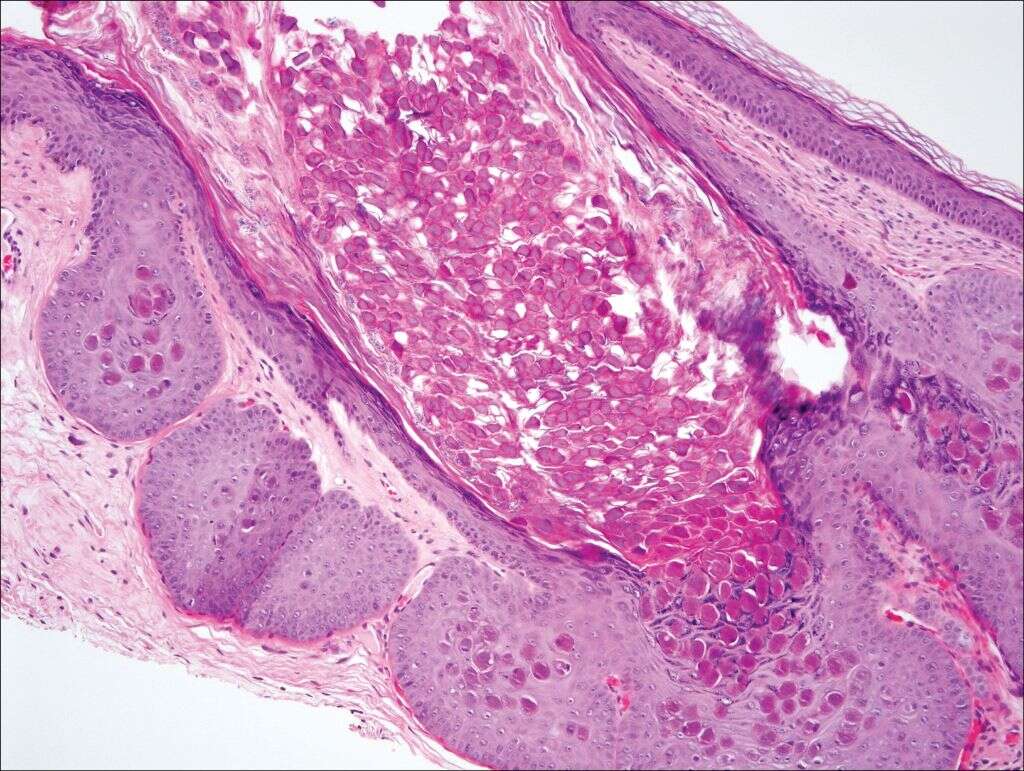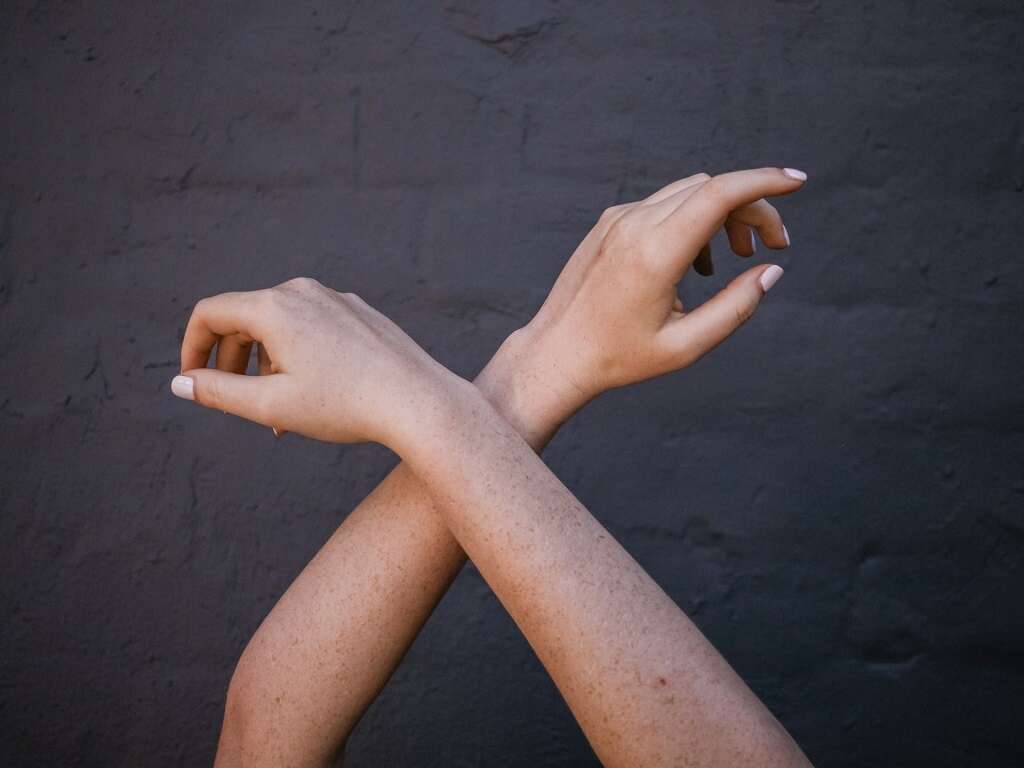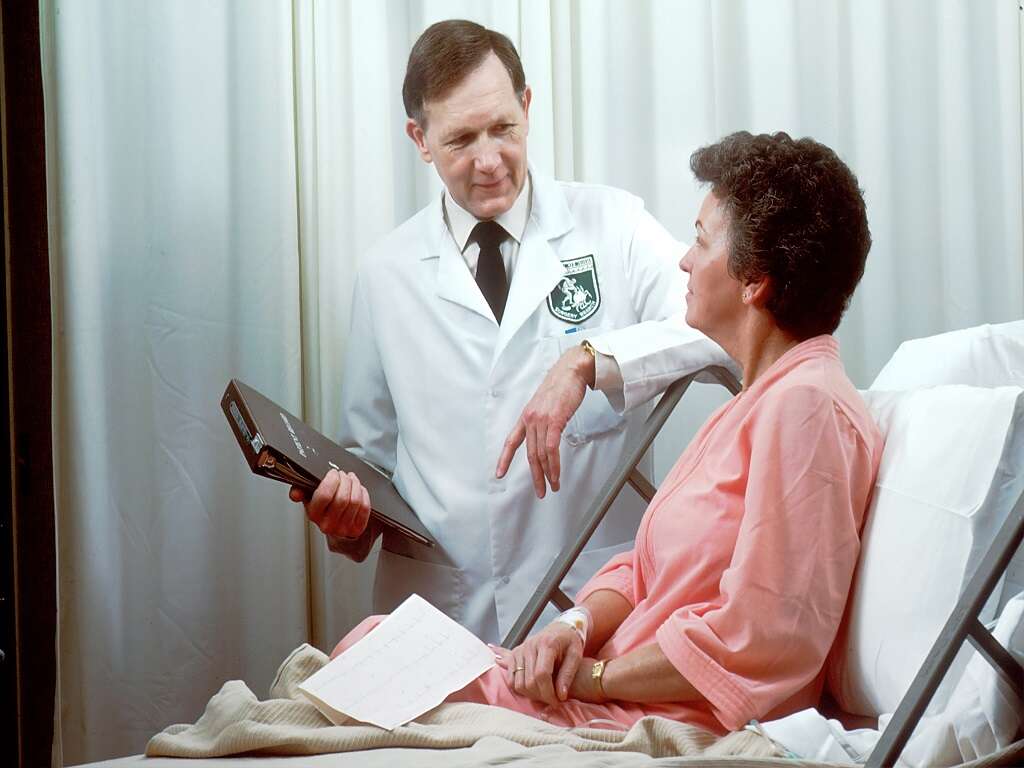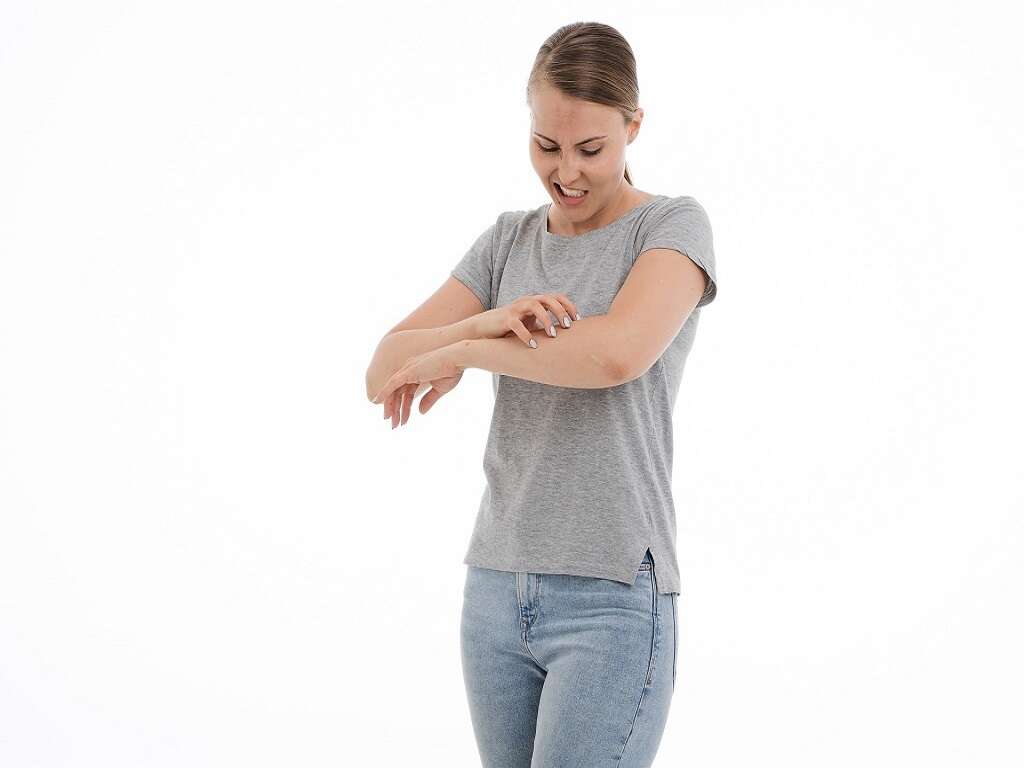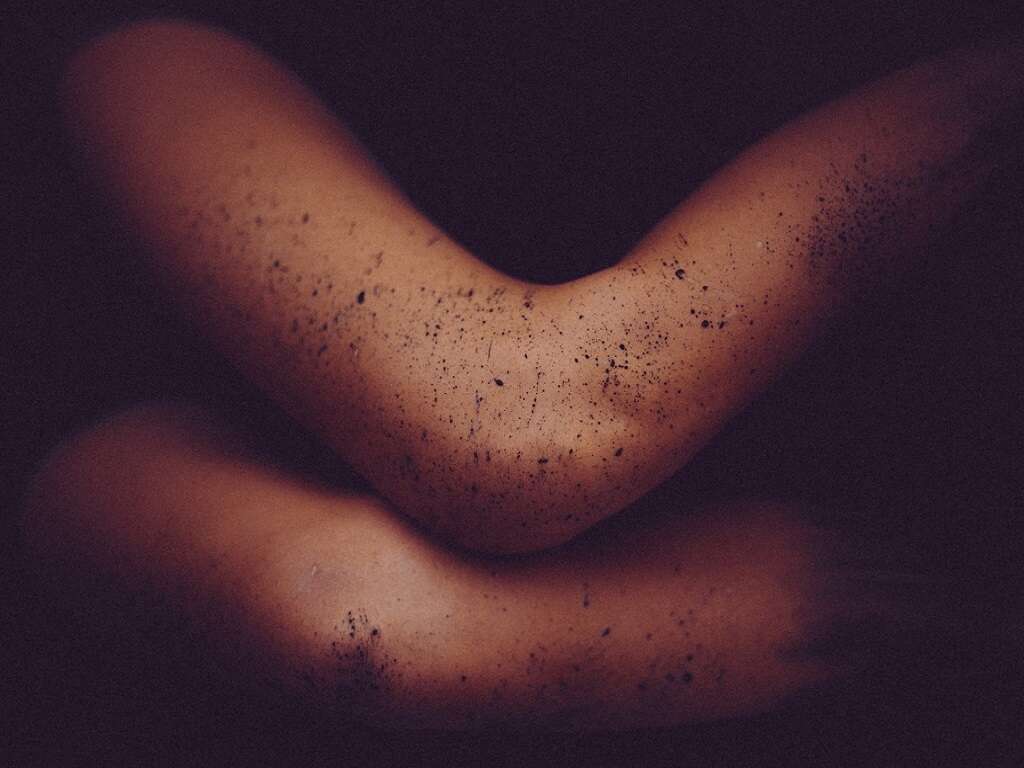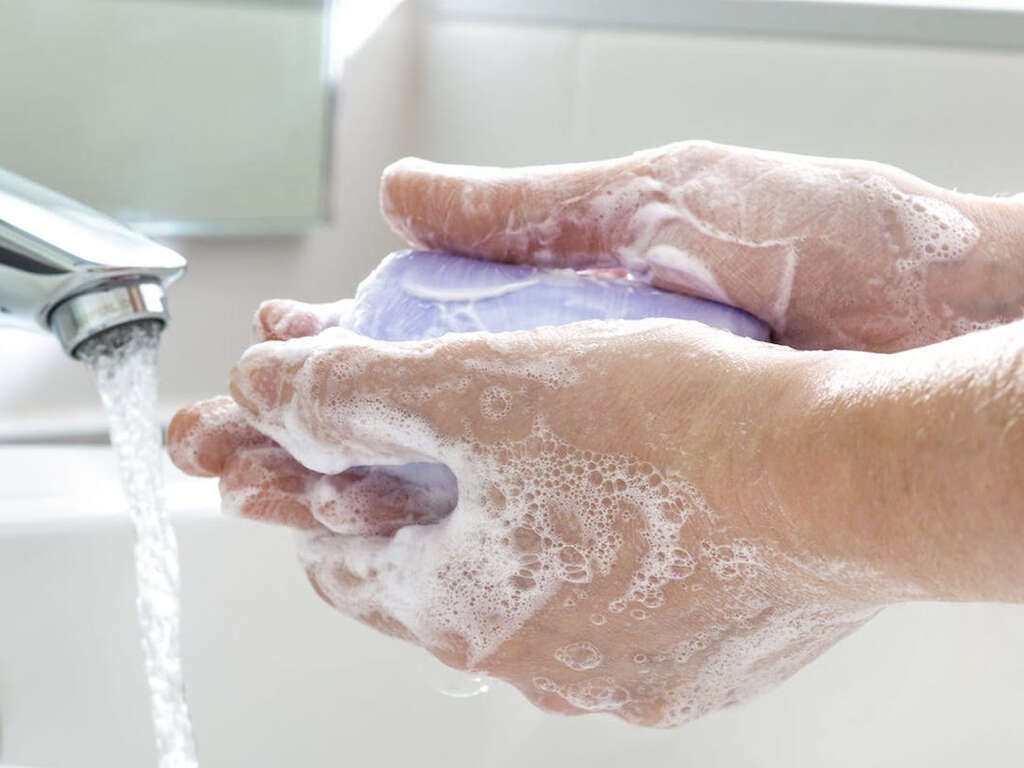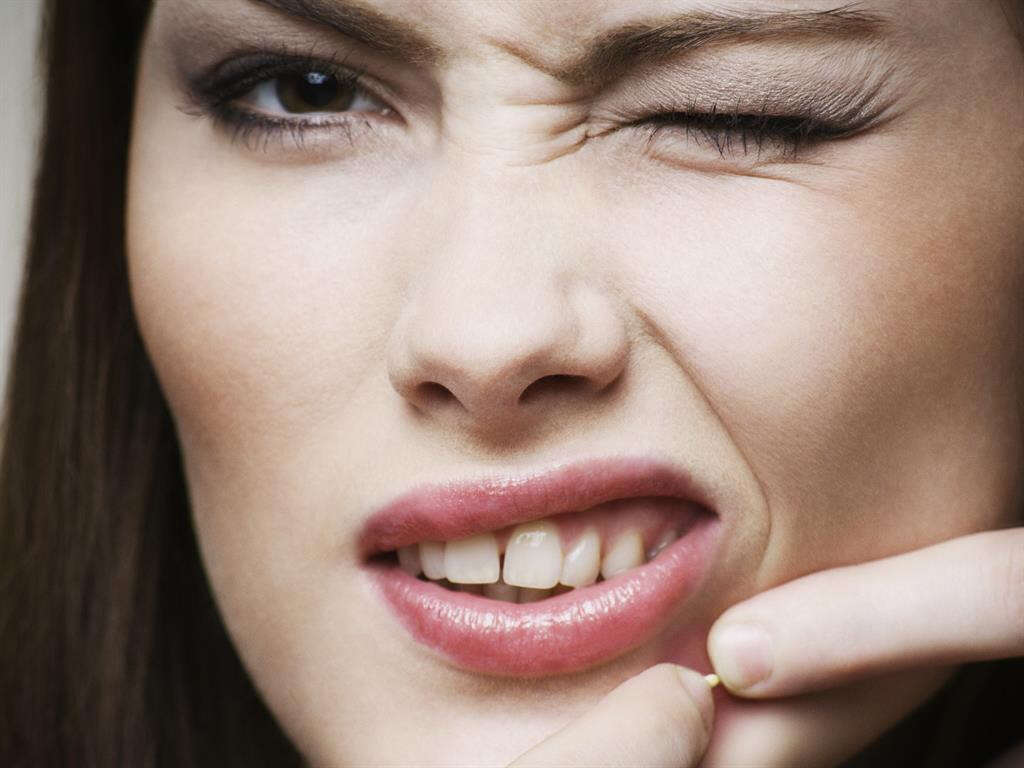What Is Molluscum?
 Article Sources
Article Sources
- 1. Meza-Romero, Rodrigo et al. “Molluscum contagiosum: an update and review of new perspectives in etiology, diagnosis, and treatment.” Clinical, cosmetic and investigational dermatology vol. 12 373-381. 30 May. 2019, doi:10.2147/CCID.S187224
- 2. Nandhini, G., Rajkumar, K., Kanth, K. S., Nataraj, P., Ananthakrishnan, P., & Arunachalam, M. (2015). Molluscum contagiosum in a 12-year-old child - report of a case and review of literature. Journal of international oral health : JIOH, 7(1), 63–66.
- 3. Leung, Alexander K C et al. “Molluscum Contagiosum: An Update.” Recent patents on inflammation & allergy drug discovery vol. 11,1 (2017): 22-31. doi:10.2174/1872213X11666170518114456
2. What Are the Causes of Molluscum?
As with a majority of skin infections, direct contact with infected skin is the easiest way to develop an infection yourself. Still, skin-to-skin contact is not the only way that people can become exposed to the virus. Touching a contaminated object like a towel or article of clothing can also put you at risk.
Sexual contact with someone who has been infected by the molluscum contagiosum virus is another way to contaminate yourself. You may also find that it is easy to spread the virus around your own skin by scratching at an infected area. It is advised to avoid scratching at the lesions and to seek a consultation by a dermatologist at the first sign of such bumps.
Advertisement
